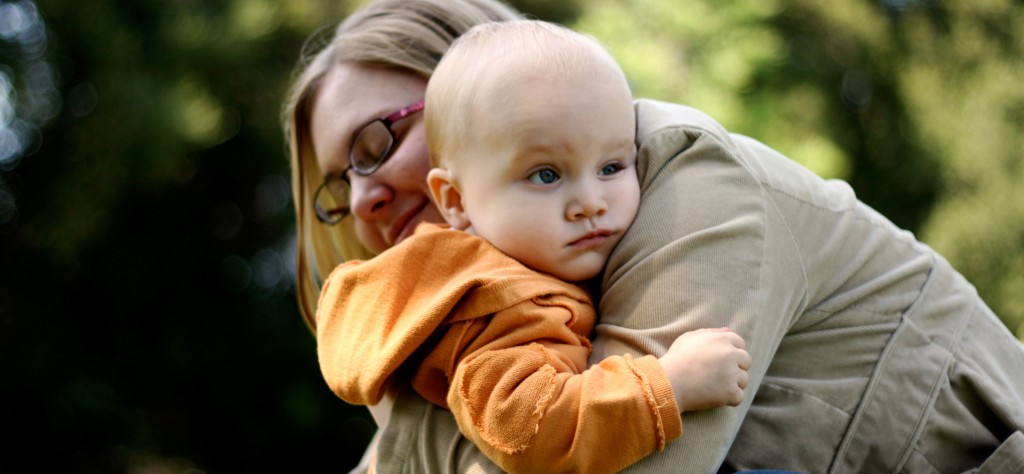Cerebral palsy can affect toddlers aged 1-3 in many different ways. As a parent, it’s your responsibility to identify and take note of developmental milestones and ensure that your child is reaching these within a reasonable time-frame. If your child is struggling for whatever reason, you may want to speak to your pediatrician about a diagnosis.
Trauma or infection during pregnancy or delivery can negatively impact certain parts of the young baby’s brain that are connected to muscle control as well as the development of coordination and language. Toddlers up to the age of 3 may not overtly show signs of this condition, so it’s important as a parent to be vigilant.
Things that Toddlers Should be Able to Do at a Certain Age
- Infants should be able to hold their head up when lying in bed at 3 months.
- They should be able to smile spontaneously at people by the 4th month.
- They should be able to roll over as well as sit up by the 6th month.
- They should be able to copy gestures and find hidden things with relative ease at age 1.
- Toddlers should be able to walk by 15 months.
- They should be able to speak single words by 18 months as well as string together two phrases by their 2nd birthday.
- They should be able to follow simple instructions as well as point to items in a book by age 2.
- They should be able to stand on their tiptoes as well as run by age 2.
Cerebral palsy (CP) can delay these milestones even as you try to encourage your child on to perform the tasks listed above. If you suspect that your child developed cerebral palsy in their infancy, seek the advice of a pediatrician. If you wish to investigate the cause of your child’s cerebral palsy, as well as any legal options available to your family (such as a medical malpractice lawsuit against the hospital), speak to a cerebral palsy lawyer for free by calling 1-855-833-3707.
Diagnostic Tests for Cerebral Palsy
- Developmental monitoring, usually done in conjunction with a physician, involves asking you as a parent questions that have to do with your child’s movement, speech, and cognitive function. The doctor may also examine the child independently and ask if you have any concerns or might have noticed any worrying red flags in the last couple of weeks or months.
- Developmental screening usually involves having the child take some tests to see if they have any worrying developmental delays. This is usually done in increments of a couple of months. As months go by, any issue that may have been a cause for concern becomes apparent with time.
- Medical evaluation involves having a primary care doctor or specialist look into the child’s medical records to see if there are any discrepancies or cause for concern. This is done to diagnose a specific condition and can be useful in identifying which form of cerebral palsy your child may have. In addition, the doctor may use this evaluation to rule out any other illnesses that may manifest in the same symptoms as cerebral palsy.
It is important to investigate the cause of your child’s CP. If it was caused by medical malpractice, you may be able to recover compensation from the hospital to help cover the lifetime costs associated with your child’s condition.
Consider Speaking to a Cerebral Palsy Lawyer Today
Unfortunately, there is a statute of limitations on medical malpractice cases, so it is very important that you seek out the services of a cerebral palsy attorney as soon as possible in order to have them begin investigating immediately. There’s no harm in seeking to find answers to why your child developed cerebral palsy, and we will share our findings with you for no charge whatsoever.
Please note that these type of attorneys work on a contingency fee basis, meaning that they don’t charge anything up-front, and only get paid if they are successful at recovering monetary compensation for you and your family.
Related reading:

